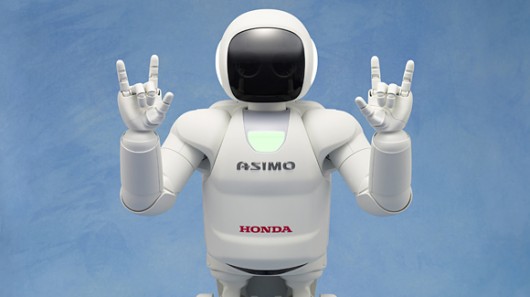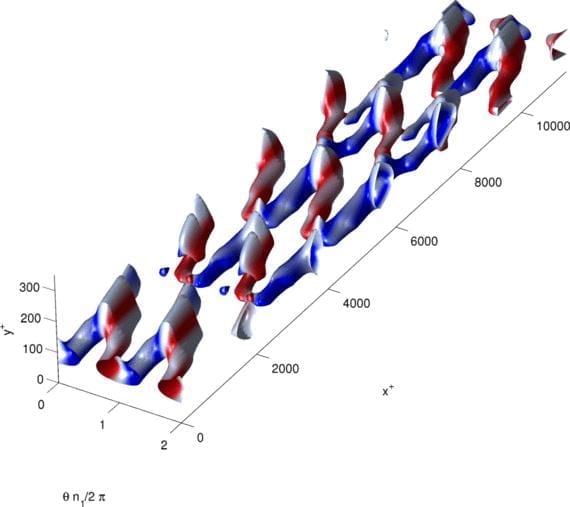ASIMO keeps getting better
Ask anyone what their favorite real-life robot is, and chances are the majority will say “That one made by Honda, that looks like an astronaut.” They will be referring, of course, to ASIMO. The self-balancing, walking bipedal robot is actually the latest in a long line of similar Honda robots, that began in 1986 with one named EO. The company has also created several versions of ASIMO itself, along with multiple copies of each, to the point that there are currently over 100 individual ASIMO robots in existence. Well, as of today, none of those can any longer be considered state-of-the-art. The newly-named Honda Robotics group has unveiled the latest and greatest ASIMO, that sports several new features over its predecessors – including the ability to act autonomously.
Multiple sensory systems
One of the key technologies that allows the new robot to act on its own is a system that simultaneously evaluates input from multiple sensors, which approximate a human’s senses of sight, hearing and touch. Using this input, ASIMO is able to become “aware” of its surroundings, including the actions of people nearby, and alter its behavior accordingly – it can even predict the path that a person will take when walking, and change its own path to avoid a collision. By combining input from its visual and auditory sensors, it can also match people’s faces to their voices, and can identify individual voices when several people are speaking at once.
Better balance
When performing non-programmed, make-it-up-as-you-go-along tasks, it’s entirely possible that the new ASIMO may unexpectedly lose its balance. To that end, the robot now has a wider range of leg movement, along with the ability to suddenly extend a leg to one side, to keep from falling over. This allows it to walk on uneven ground, along with being able to run forward and backward, and hop on one leg or two legs continuously.
Manual dexterity
Another new feature is the robot’s hands, which now feature a tactile sensor in the palm, and force sensors in each of the fingers. Working with object recognition software integrated into its visual and tactile sensors, these hands can perform tasks such as grabbing a glass bottle and removing its twist-cap, or holding a paper cup and pouring liquid into it. Because the fingers operate independently, it can also communicate using sign language
Read more . . .
Bookmark this page for “ASIMO” and check back regularly as these articles update on a very frequent basis. The view is set to “news”. Try clicking on “video” and “2” for more articles.









